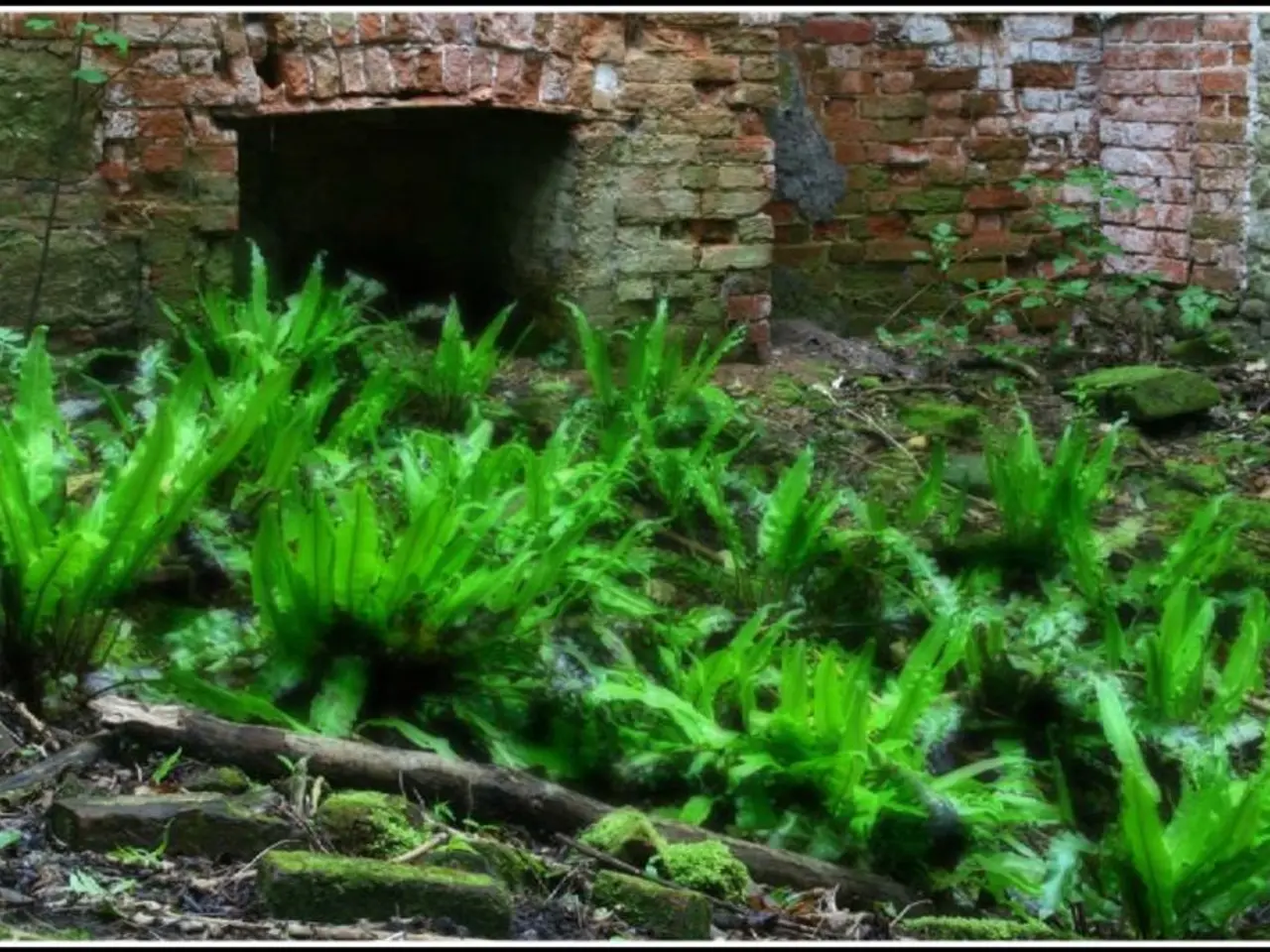Reallocation of Financial Resources for Climate Change Mitigation in Estonia Toward Military Expansion
Estonia Shifts Focus, Redirects EU Funds Towards Military Modernization
The Estonian government has announced a significant change in priorities, deciding to reallocate around €195 million of unused EU cohesion policy funds from climate change initiatives and waste management to defense purposes [1][2]. This decision marks a shift towards militarization, as the funds will be used for the defense industry and military mobility infrastructure, such as road construction.
The largest part of this reallocation — €85 million — comes from the Ministry of Climate's budget, affecting programs related to apartment renovations, public transport hubs, climate adaptation, circular economy, and waste management [1][2]. This diversion of funds has implications for Estonia's commitment to the "green agenda," with a €31 million cut in waste management support and a €26 million reduction in building renovation funds [2]. The Ministry of Climate defends the cuts in part by pointing to low demand for these financial measures, with recent commercial bank lending reducing the need for government support in these areas [2].
Estonia's move reflects broader NATO and EU-level shifts towards increased defense spending, prompted by geopolitical tensions, particularly due to the war in Ukraine and associated security imperatives. At the NATO Summit in 2025, member states including Estonia committed to significantly ramping up defense expenditures, with the EU also establishing a large defense and space budget envelope to enhance European strategic autonomy [3][4].
The modernization of the military transport infrastructure, one of the specific ways the Estonian government is using the redirected funds, may have broader implications for Estonia's defense capabilities. However, the exact nature of how the funds will be used for defense purposes is not specified in the article. It's important to note that the modernization of the military transport infrastructure is not explicitly linked to any specific military operation or conflict.
This reallocation represents how frontline countries like Estonia balance their green agenda commitments with urgent defense priorities amid evolving security challenges. As Estonia continues to modernize its military transport infrastructure, it will be interesting to see how this shift in priorities affects its long-term goals for environmental sustainability and waste management.
[1] Estonian Public Broadcasting. (2023, March 1). Estonia to reallocate €195 million in EU funds to defence. Retrieved from https://www.err.ee/1141514/estonia-to-reallocate-e195-million-in-eu-funds-to-defence
[2] Estonian Public Broadcasting. (2023, March 2). Estonia's green agenda takes a hit as EU funds reallocated to defence. Retrieved from https://www.err.ee/1141607/estonias-green-agenda-takes-a-hit-as-eu-funds-reallocated-to-defence
[3] North Atlantic Treaty Organization. (2025, June 30). NATO Summit Communiqué. Retrieved from https://www.nato.int/cps/en/natohq/official_texts_181902.htm
[4] European Commission. (2025, July 1). EU Budget 2021-2027: A budget for Europe's recovery. Retrieved from https://ec.europa.eu/info/public-opinion/archives/eu-budget-2021-2027-a-budget-europes-recovery_en
- The shift in focus towards defense spending in Estonia raises questions about the future of its commitment to environmental science, especially in light of cuts in waste management support and building renovation funds.
- With the diversion of funds from climate change initiatives, the ongoing debate about the role of policy-and-legislation in addressing climate-change, particularly in the context of environmental-science, has gained more importance in Estonia and beyond.
- The general news about Estonia's decision to reallocate EU cohesion funds towards military modernization has sparked discussions about the impact of politics on climate change, defense, and sustainability initiatives within and across nations.






